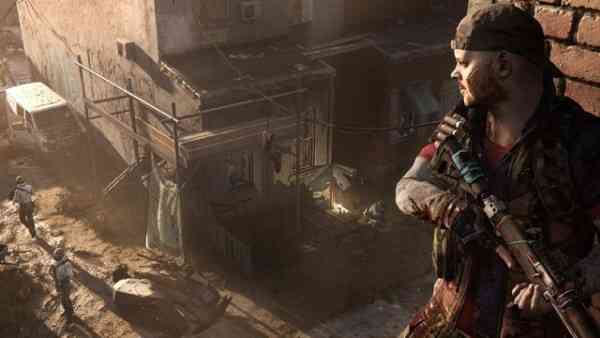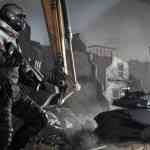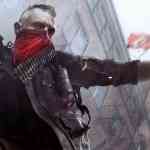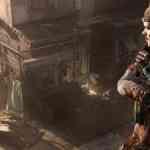While at PAX over the weekend, one of the games that caught my attention was Deep Silver’s Homefront: The Revolution which is currently slated for a 2016 release. Homefront: The Revolution is the sequel to the 2011 THQ game which was met with some mixed results. The short length of the single player campaign and coming across as far too familiar to other shooters on the market are just a couple of Homefront’s main criticisms. After playing through the 15 minute demo at PAX, there is no question the team is headed in the right direction, despite how familiar the sequel feels.
In terms of background, Homefront: The Revolution takes place two years after the events of the original Homefront game. The year is 2029 and we are four years into the invasion of the United States by the Greater Korean Republic (GKR). The GKR lost the western states; however, their focus is now on the eastern states, with Philadelphia becoming their central base.
The demo we played at PAX takes place in Philadelphia which happens to be heavily policed, and as you can imagined highly oppressed. The Korean People’s Army patrol multiple districts in the city which causes fear amongst the population. Despite this, a resistance is growing. Led by Dana, the resistance leader, and youngest member of the resistance, Ethan Brady, players embark on a journey to survive and take back the city from the GKR. We were fortunate enough to get a taste of the games combat, storyline and gameplay while at PAX last weekend.
After we watched an 8-minute introductory video, we jumped into the demo which tasked us with capturing the “Red Zones”, which are areas in the city that have not been captured. As you would expect, these areas are littered with enemies and flying drones looking for any reason to take down anyone causing a raucous. Proceeding with caution and not alerting the enemy is the name of the game here.
______________________________
“The vast open world nature of the game could resonate with gamers provided the storyline and combat in the game remain tight.”
As we ventured our way across rooftops, down side alleys and battered streets, we eventually ran into a pack of enemies. After launching an exploding barrel from the side of a roof-top, all hell broke loose. Enemies emerged from everywhere. This is also where we got to experience some of the games weaponry first hand, and it felt great! The guns felt silky smooth and easy to control. Enemies didn’t seem to go down with too much trouble, but once the alarm bells sounded the onslaught began and the volume of Korean patrol units seemed to ramp up. Fortunately we made our way out of that area and eventually aboard a motorcycle, which didn’t handle any way near as smoothly as the weapons did.
Throughout the entire motorcycle sequence I found myself wrestling with controls. The bike was difficult to control and frankly not enjoyable to play at all. I hope more is done to refine this aspect of the game before it is released. Granted, I liked the idea of being able to take my motorbike anywhere in the game, including ramps and rooftops. But if the controls remain that clunky, it destroys any amount of enjoyment we should be getting from those segments.
This being said, I was impressed with the weapon upgrade systems which involved collecting items you find in the game and using them to improve your weapon. We only got a taste of the amount of collecting involved in the game but at this point all signs are promising.
Based on what I played at PAX prime over the weekend, I am unquestionably impressed with what I saw. The vast open world nature of the game could resonate with gamers provided the storyline and combat in the game remain tight. For an early build, Homefront: The Revolution looks pretty good but there is certainly plenty of room for improvement. I will be watching this game closely as it inches towards its eventual release next year.







